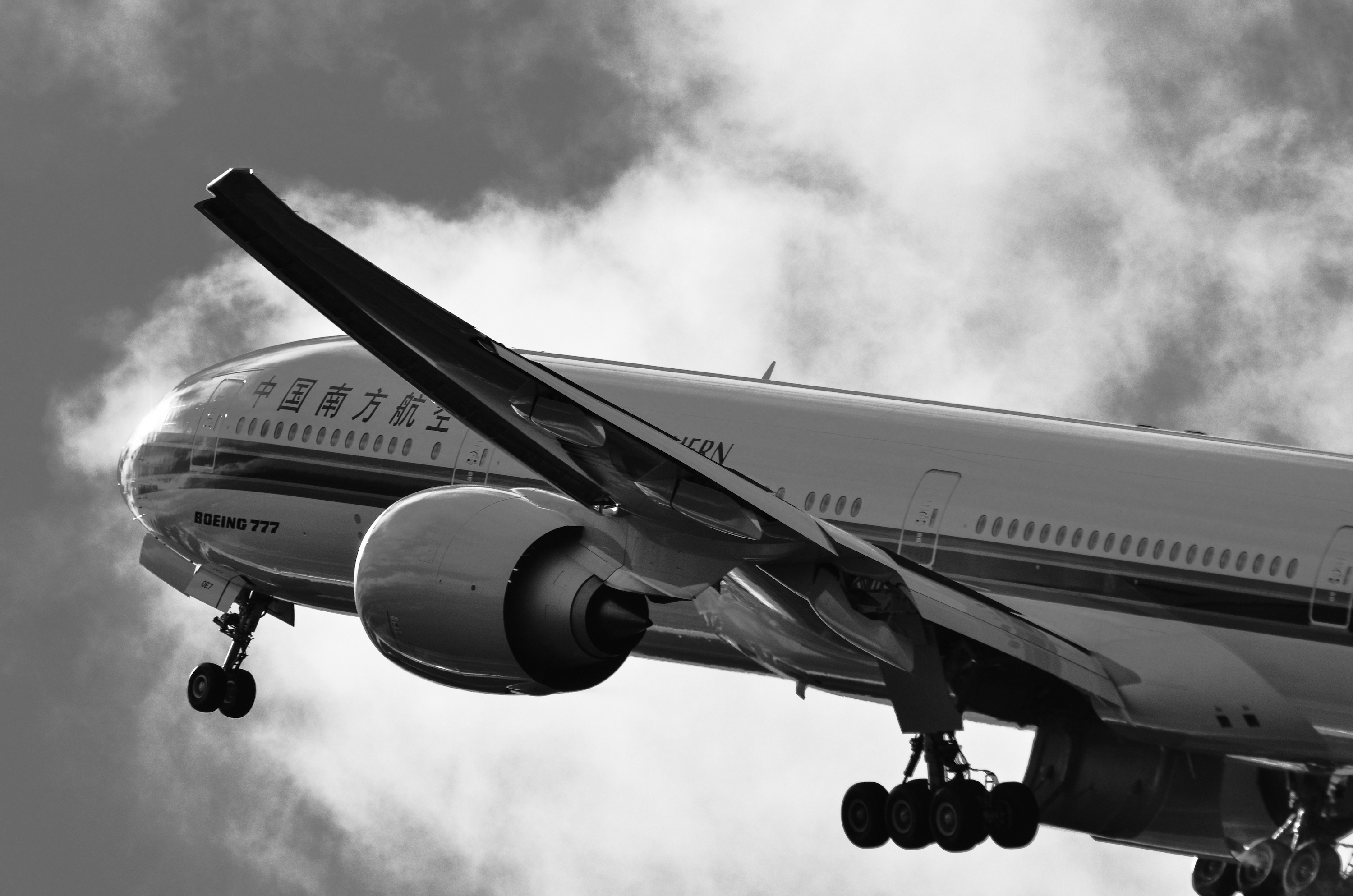This post is also available in:
![]() 简体中文 (Chinese (Simplified))
简体中文 (Chinese (Simplified))
Log-in here if you’re already a subscriber
A week before Nancy Pelosi, Speaker of the U.S. House of Representatives, landed in Taiwan on August 2, China’s nationalist newspaper Global Times quietly published perhaps an even bigger geopolitical bombshell. Quoting Yang Wenzhuang, head of population and family affairs at the National Health Commission, the newspaper acknowledged China’s total population growth had slowed significantly and is expected to begin declining sometime before the end of its 14th Five-Year plan set for 2025.
That acknowledgement, born from China’s 2020 census and the direct result of its 25-year one-child policy that ended in 2015, represents a fundamental change in trajectory for the world’s second largest economy. That reality also challenges the long held dogmas of western aerospace about the country’s ability to grow its commercial air travel market and its once-insatiable appetite for aircraft.
Several different forces are coalescing. The near-term geopolitical tensions; the medium-term role of climate change, de-globalization and domestically-made air and rail alternatives; and the long-term demographic changes within China paint a picture of a marketplace very different from the one thirstily sought after by western plane makers.
Related: CAAC clears 737 Max, but aviation in China is different 33 months later
The past two decades inform western aircraft manufacturer optimism. In 2001, Boeing forecast China to have just over 2,200 commercial airplanes in its fleet by 2020. In 2019, just before the pandemic, that number surpassed 3,900.
The risk is the embrace of the hot hand fallacy, an economic assumption that the western industry’s success in China will continue its lucky run. The Chinese middle class will continue to expand, yet, the long term reality is attached to significant demographic changes within China that will make it hard to grow at the rates that have underpinned long-term western expectations for airplane production.
“The belief that [China] will have a quarter of the world fleet is wrong,” said Adam Pilarski, senior vice president at Avitas.
Subscribe to continue reading...Subscribe to Continue Reading
Our award-winning aerospace reporting combines the highest standards of journalism with the level of technical detail and rigor expected by a sophisticated industry audience.
- Exclusive reporting and analysis on the strategy and technology of flying
- Full access to our archive of industry intelligence
- We respect your time; everything we publish earns your attention


